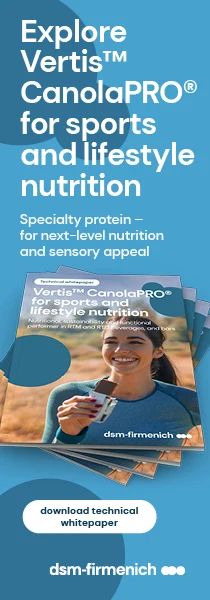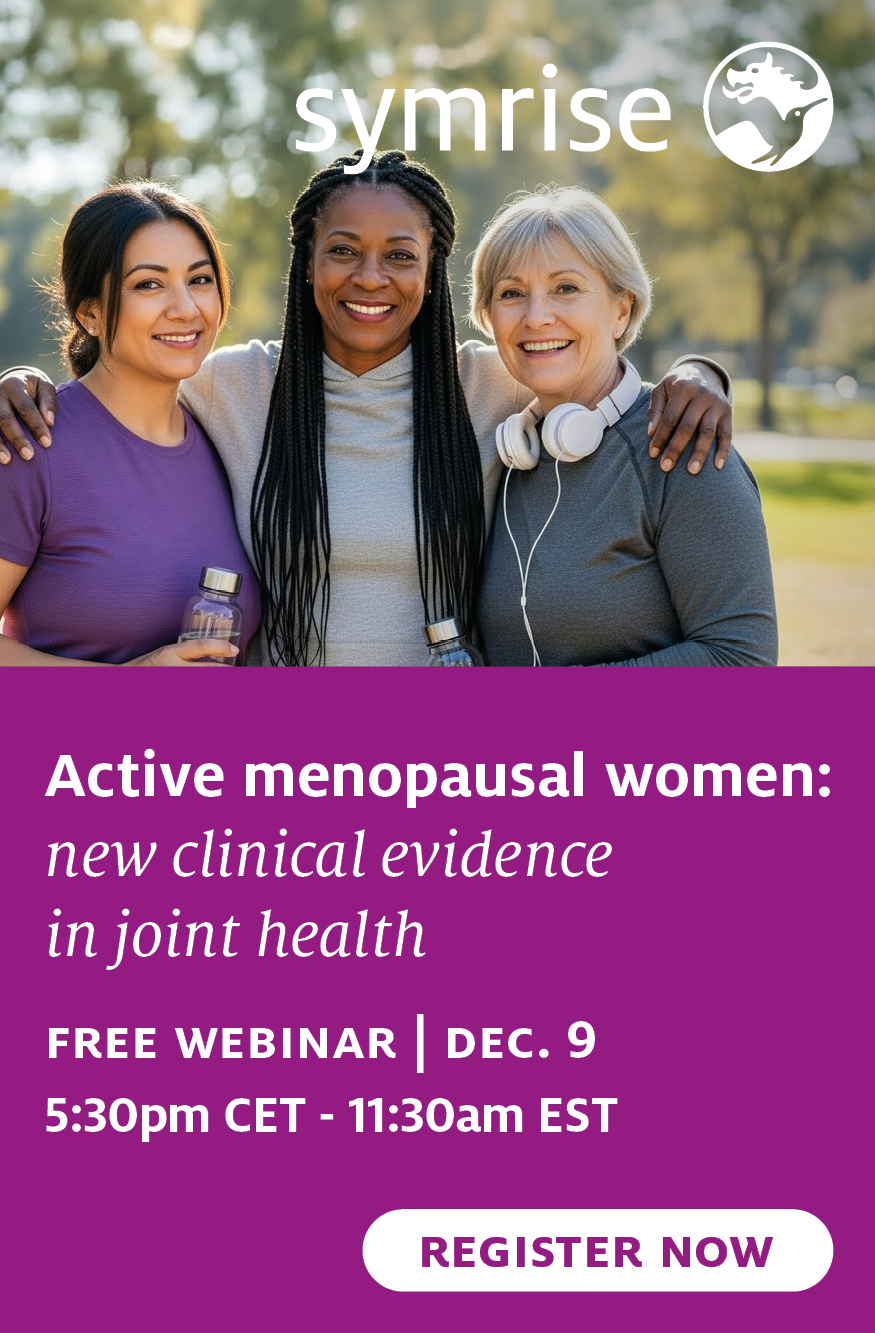HCWH to push for urgent action on AMR at upcoming United Nations general assembly
28 Aug 2024 --- Health Care without Harm (HCWH) Europe highlights antimicrobial resistance (AMR) triggered by the use of antibiotics in agri-food systems as a key health concern. Speaking to Nutrition Insight, HCWH Europe discusses the upcoming United Nations General Assembly (UNGA) on the matter and what the rest of the world can learn from the EU’s Veterinary Medicinal Products Regulation.
HCWH is a global organization that works with partners to develop and implement initiatives for sustainable health systems.
“On 26 September, there is going to be a high-level meeting at the United Nations General Assembly (UNGA), where many targets will be discussed about the reduction of antibiotic use and antibiotic-resistant infections,” Erik Ruiz, safer pharma program manager at HCWH Europe, tells us.
“There are many issues affecting the access some countries have to, for example, training, sustainable ways of farming, even the access they have to food in some cases. I’m always an advocate for helping lower- and middle-income countries (LMIC), but demanding way more from countries that don’t have the same needs,” he details.

“We want to reduce the amount of antibiotics given to animals, and we also want to show the world that this can be done. If the EU can do this, why not Australia, the US or other countries? This can set good practices so that all the countries that are not ready yet, but that are willing to take action, can make a start.”
.png) Erik Ruiz explains what AMR is and why the unregulated use of antibiotics in agri-food systems is problematic.UNGA this September
Erik Ruiz explains what AMR is and why the unregulated use of antibiotics in agri-food systems is problematic.UNGA this September
Ruiz states that the upcoming UNGA high-level meeting on antimicrobial resistance, which will be held in New York, US, next month, is a “key milestone” in addressing the threats presented by AMR and antibiotic resistance.
“It’s going to bring together governments of the whole planet, as well as organizations like ours. It’s really important that we will be sitting together in the same place, in the same room and discussing this.”
“It’s also something quite urgent,” he continues, “because now, around 1.2 million people die every year due to antimicrobial resistance. If no further action is taken by 2050 — this could be 10 million people a year. Of these, almost 400,000 are in Europe, which is the size of cities like Florence or Zurich. Every year, a population equivalent to cities like that would be ‘removed’ from Europe.”
“On a more global level, populations equivalent to countries like Portugal or to the population of New York City would be erased.”
“It’s quite a tricky and complicated issue. We are on time to discuss it, and hopefully, this UNGA high-level meeting will help us to define new targets and give the countries, especially LMIC, the tools they need to address the situation.
AMR in LMIC
The HCWH Europe expert asserts that there is a need for international organizations and rich nations to do more to assist LMIC in tackling AMR in a respectful and conscious manner.
“It’s really important that we respect the rhythm and needs of all the countries. For example, we cannot demand the same thing from the countries in the EU as from a country that is in Southeast Asia that might face issues in achieving food security, or where they have a very large population and not many resources,” Ruiz argues.
“Now is the time to speed up action while taking into account all the needs of LMIC.” He adds that facilitating training on the so-called “One Health” approach in such countries can also be beneficial.
“The One Health approach highlights the interconnectedness of human health, animal health and environmental health,” he explains, arguing that reining in on this approach should go further in the EU as well.
“We need to train farmers. They are key stakeholders on this, and with the correct tools, they could be happy to transform their practices.”
Pharmaceutical pollution of farms
Ruiz further highlights that pharmaceutical pollution of farms in the Global South further exacerbates the issue of AMR.
 International organizations and rich nations do more to assist LMIC in tackling AMR.“We also need to have higher environmental standards in pharmaceutical supply chains. Many countries in the Global South are exposed to pharmaceutical pollution because most of our pharmaceuticals are produced in countries like China and India,” he elaborates.
International organizations and rich nations do more to assist LMIC in tackling AMR.“We also need to have higher environmental standards in pharmaceutical supply chains. Many countries in the Global South are exposed to pharmaceutical pollution because most of our pharmaceuticals are produced in countries like China and India,” he elaborates.
“We need to look at all these health problems through the One Health lens and try to understand them better and understand that an action that you take in one has an impact on the other.”
“It’s like when we talk about climate change, we not only know that there are emissions — something abstract — we know that summers are getting hotter. I come from a city called Bilbao in the north of Spain, and last year, it was the first time that my parents had to buy a fan. It’s super warm, and it has an impact on human health, especially on cardiovascular diseases, which are the most dangerous and deadly diseases right now.”
“Pharmaceutical pollution is the same concept. We need to have an integrated look and address it from different perspectives. We need to know that the action, and the lack of action, in one of them, is going to impact the others.”
EU legislation
The EU’s Veterinary Medicinal Products Regulation, introduced in 2019 and updated in 2022, sets out ambitious rules on the authorization and use of veterinary medicines. It leads the way as it contains measures to support the availability and safety of veterinary medicines and enhanced EU action against AMR.
One of its key objectives is to “strengthen EU action to fight AMR through specific measures ensuring prudent and responsible use of antimicrobials in animals, including reserving certain antimicrobials for the treatment of infections in people.”
Ruiz says:” This was actually quite a huge step in reducing antibiotic use in farming, and I feel that they listened to different organizations. They got everyone involved in the process, and the results are really good.”
“The goal for the 2030 Farm to Fork strategy was to reduce the use of antibiotics in animals by 50%, and currently, we are at around 25%. That’s quite a significant advancement.”
Issues remain
While the EU has made some considerable progress in tackling AMR, concerns that need further attention remain.
“One of them is the ban on the prophylactic use of antibiotics. This was supposed to ban all the prophylactic use of antibiotics in animals, but there hasn’t been much change in the way antibiotics are given to animals,” Ruiz points out.
 The EU aims to fight AMR through specific measures ensuring prudent and responsible use of antimicrobials in animals.“There are different ways of giving antibiotics to animals. There are group treatments; for example, there is a powder that can be mixed with water or fruit that animals drink or eat. There are also treatments for individual use, such as injections. There hasn’t actually been a change in the proportion of antibiotic use.”
The EU aims to fight AMR through specific measures ensuring prudent and responsible use of antimicrobials in animals.“There are different ways of giving antibiotics to animals. There are group treatments; for example, there is a powder that can be mixed with water or fruit that animals drink or eat. There are also treatments for individual use, such as injections. There hasn’t actually been a change in the proportion of antibiotic use.”
“So they are using fewer and fewer antibiotics — that’s fantastic — but we can see that the antibiotics that are being used are mostly antibiotics suitable for group treatment. This is around 80% of antibiotic use. I hope that as we keep tracking this, in the next few years, we will see how there is a decrease in the use of antibiotics that are suitable for group treatment.”
“That would mean that the antibiotics are not being used prophylactically if the proportion stays at 80%. Perhaps there is something else that we should do, or perhaps we have to monitor a bit better. It’s a process; we have to adapt to it. The effort that has been made in the last years has been huge.”
Ruiz adds that another issue he sees is the lack of public human health experts discussing the use of antibiotics in farming. “I think these professionals should be included in these kinds of conversations because they know what the reality is in European hospitals.”
“For example, colistin earlier is a very important antibiotic that was not given to humans in the past because it is very toxic. Now, colistin is being given to humans because there are no other alternatives. We should try to reduce that as much as possible.”
“And there is a very good example in Europe, which is the case of Spain, where the use of colistin in piglets was really high. One of the highest in the EU, and through voluntary commitments with the Spanish Medicines Agency and the farmer’s associations to reduce the use of antibiotics, they managed to reduce the use of colistin by close to 100%.”
“That’s a very good example that other countries could follow, and it’s definitely the way to go in terms of reducing antibiotics use in food production,” Ruiz concludes.
By Milana Nikolova
















